Pay A Visit to Lanzhou
Lanzhou is the capital city of Gansu Province in northwest China. The Yellow River, the Chinese Mother River, runs through the city, ensuring rich crops of many juicy and fragrant fruits. The city is the transportation and telecommunication center of the region. Covering an area of 1631.6 square kilometers (629.96 square miles), it was once a key point on the ancient Silk Road. Today, it is a hub of the Silk Road Tourism Ring, with Maiji Caves to the east, Bingling Temple Grottoes to the west, Labrang Monastery to the south and Dunhuang Mogao Caves to the north.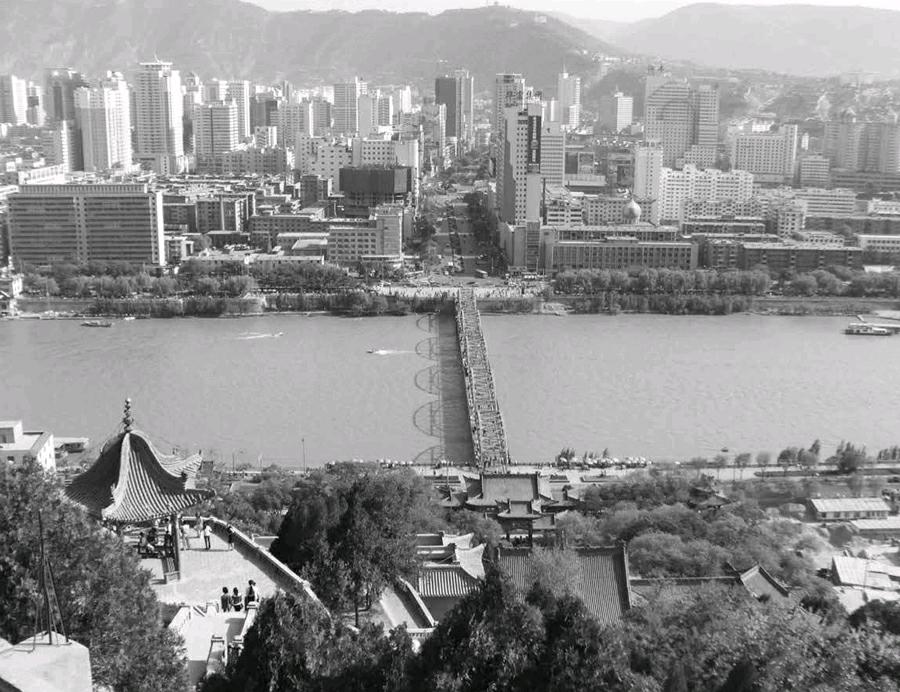
With mountains to the south and north of the city and the Yellow River flowing from the west to the east, Lan- zhou is a beautiful modern city with both the grand beauty of northern cities and the prettiness of southern cities. The city downtown comprises five districts: Chengguan, Qilihe, Xigu, Honggu and Anning. Among them, Chengguan District, situated in the eastern part of the city, is the center of politics, economy, culture and transportation. Anning District, in the northwestern part, is the economic development zone as well as the area where most colleges are located.
Maiji Caves
Located 45 kilometers (about 28 miles) southeast of Tianshui City in Gansu Province, Maiji Mountain rises up abruptly 142 meters (about 155 yards) from the landscape. The people named the mountain ‘Maiji because it resembles a stack of wheat straw(mai meaning wheat, and ji meaning stack). On the sheer cliff that marks the southwest side of Maiji Mountain, people have labored for centuries carving niches and caves, giving rise to what is known today as the Maiji Caves. These caves were included on the World Heritage List on June 22, 2014.
Inside the caves are clay statues, whose heights vary from 20 centimeters(about 8 inches) to 15 meters (over 49 feet). Besides 194 Buddhist caves and niches, containing more than 7, 200 clay statues, there are also murals of over 1, 300 square meters (about 1, 555 square yards) in the Maiji Caves as well. These statues are works of art that reflect ancient craftsmanship and dedication to the Buddhist ideal. Rarely can one find caves and statues carved over sheer cliffs in China, and this is one of the most distinguishing features of Maiji Caves. Being carved on the cliff, these caves are connected by plank roads that hang precariously along the face of the cliff. Visitors can only reach each cave by using these plank roads, which offers a breathtaking experience.endprint
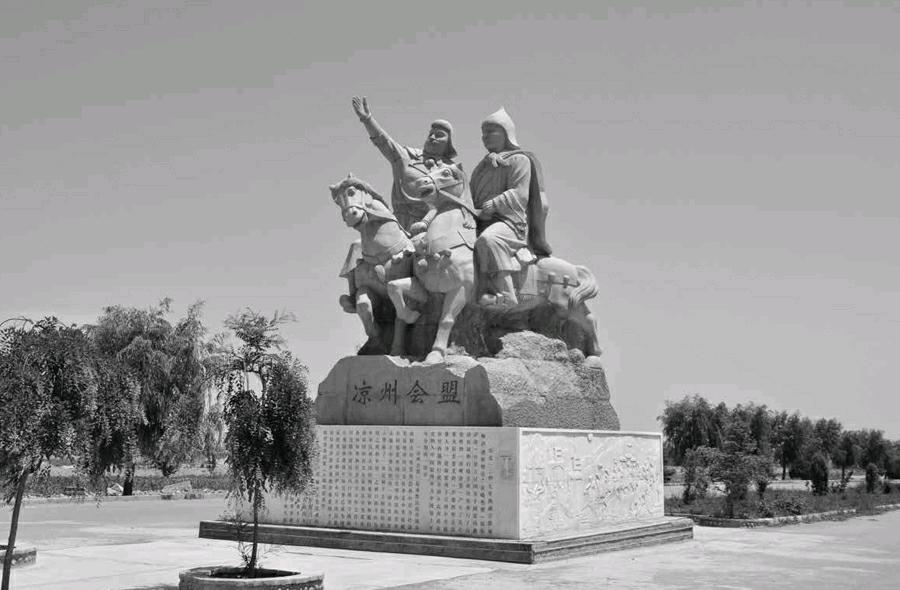
Work on the Maiji caves began in the late Qin Dynasty (221 BC - 206 BC), progressing through to the Qing Dynasty (1644 - 1911). The Northern Wei(386 - 534) period was also a time of its great prosperity, and Buddhism began to prevail as a cultural force. Subsequent dynasties added to and sometimes rebuilt the caves according to the styles of the era. Interestingly, although the statues were built at the same location, none of them maintained a similar style with those preceding it. Statues from each dynasty clearly developed distinct elements.
Another curious feature of the statues is their trend toward secularization, that is, a move toward depicting the icons as man rather than god. Except for statues built in the early period, almost all Buddhist statues look affable and accessible. They were no longer gods standing high in the heaven, but rather became more like common people.
Because of its exquisite clay statues and superb sculptural skills, Maiji Caves acquired special recognition. They have been classified as an ‘Oriental Statues Exhibition Hall. Maiji Caves are one of the four most important caves in China. The other threes are Mogao Caves in Dunhuang, Gansu Province, Yungang Caves in Datong, Shanxi Province, and Longmen Grottoes in Luoyang, Henan Province. Their emphasis is on exquisite statues and beautiful natural scenes, while the others are on florid murals or magnificent stonecutting.
Bingling Thousand Buddha Caves
Bingling Thousand Buddha Caves is located on the Small Jishi Hill, about 35 kilometers (about 22 miles) west of Yongjing County in Lanzhou City. Being one of the very noted four caves in China, it is the second to Mogao Caves in respect of artistic value and was added to the World Heritage List on June 22, 2014.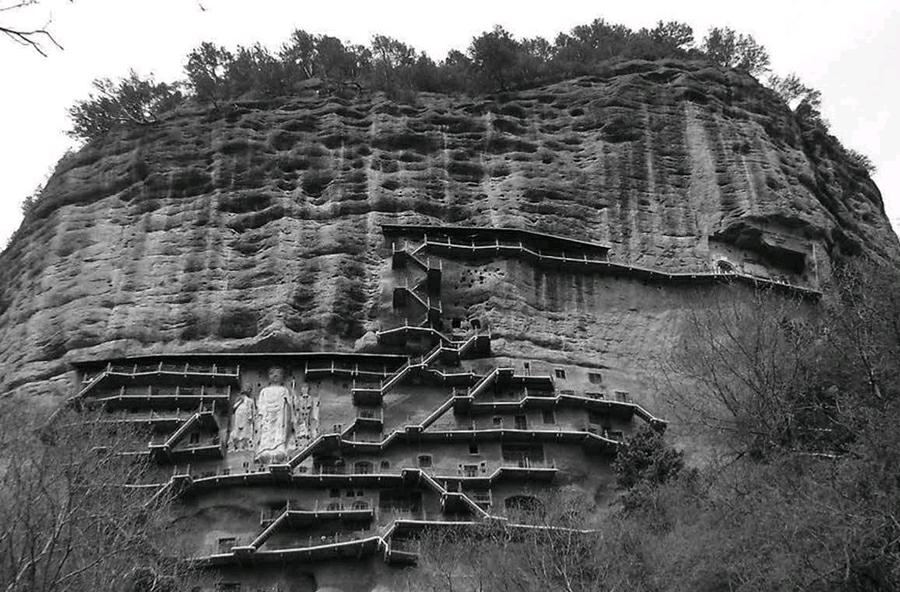
Bingling means ‘ten thousand Buddhas in the Tibetan language. The starting construction time of Bingling Thousand Buddha Caves dates back to the Western Jin Dynasty (265-316). In the following dynasties, the caves had been excavated many times. There are now 183 niches, 694 stone statues, 82 clay sculptures and some 900 square meters (about 1,076 square yards) of murals, which are all well preserved. Famous for its stone sculptures, Bin- gling Thousand Temple Caves stretches about 200 meters (about 600 feet) on the west cliff in Dasi Gully. Among the caves, the main characters are Sakyamuni, Kwan-yin, Amitayus Buddha, Maitreya Buddha, and other Buddhas. With elegant postures, flying robes and ribbons, the statues are life-like. Among the caves, Cave No.169 is worthy of a particular mention. Made in the Northern Dynasties (386-581), it is the most imposing and delicate one which holds the clay sculptures of Kwan-yin, Dali Buddha (Dali means powerful strength in Chinese), etc. Dali Buddha has a round face, sitting with legs crossed. When we see this sculpture we will feel its expression as being very solemn. On its two sides stands Bodhisattvas with their hair bound, waving bare arms. The colors present us vivid Bodhisattvas and Buddhas. Cave No.125, which holds the stone sculpture of Sakyamuni, is also one not to be missed.endprint
The stone sculptures in Bingling Thousand Buddha Caves represent the social situations and customs during ancient times. In the vicinity of the caves are green hills, crystal water, grotesque stones and precipitous cliffs, which adds more beauty to this artistic site. After the founding of Peoples Republic of China, the State Council designated the site as a key cultural relic, and placed it under state protection.
Xinglong Mountain
Xinglong Mountain, also named Mt. Xinglong or Qiyun Mountain,is 60 kilometers (40 miles) away from Lanzhou, the capital of Gansu Province. Rising about 2,400 meters (7,800 feet) above sea level, it is covered with thick pine forests and scattered with color- ful temples. In addition to the stunning landscape, rich Taoism culture makes the mountain more popular. There are 1,022 kinds of wild plants and 160 varieties of wild animals in this national forest park. Since the air in summer is fresh and cool, it is a favorable place to escape the heat.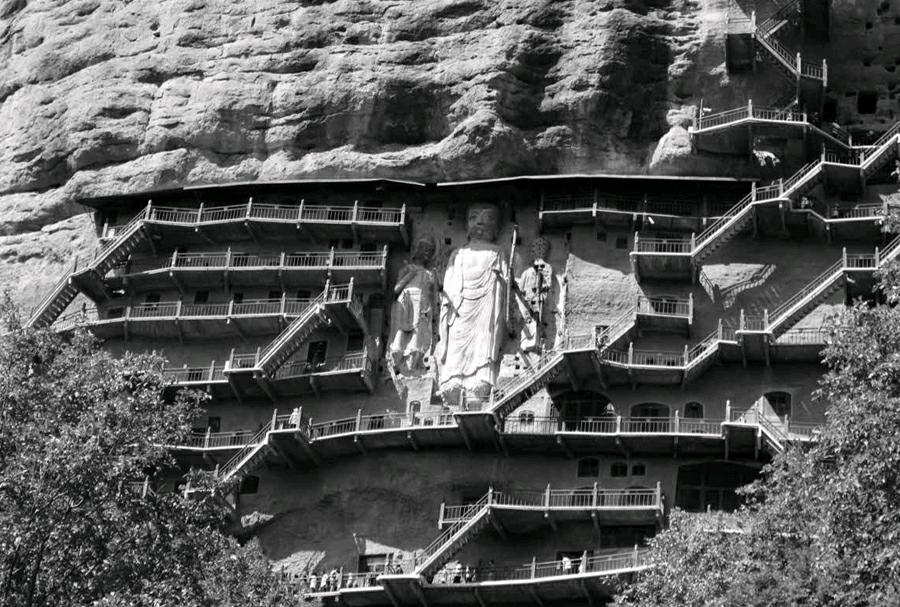
Xinglong Mountain is formed by two mountains - the eastern Xinglong Hill 2,400 meters (7,800 feet) above sea level and the western Qiyun Hill 2,500 meters (8,200 feet) above sea level. Between them is Xinglong Valley filled with water, and Yunlong Bridge stretches across it. You can also take a cable car to shuttle between two hills. The Eastern Hill is more interesting while the Western Hill is more breathtaking. On the Eastern Hill you can stroll along a wooden gallery road with a length of 1,200 meters (1,300 yards) and watch pine trees with an age of hundreds of years. Also, you may step into Erxian Platform, Taibai Spring, Big Buddha Temple, Xisong Pavilion, Dilei Pavilion and Kuixing Temple on the Eastern Hill. On the Western Hill, visitors can admire Hunyun Pavilion, Zhaoyun Pavilion, visit temples housing statues of Jade Emperor, Dragon King, and Land Secretary. Besides, the high ladder there is very challenging and breathtaking.
White Pagoda Park
Located in the north of Lanzhou City, the White Pagoda Park owes its name to the amazing White Pagoda within it. With images of Buddha on its eight sides, the seven-story pagoda with a height of 17 meters (about 55.8 feet), is a pure white from top to bottom with the exception of the green top which greatly enhances the glamour of the whole building.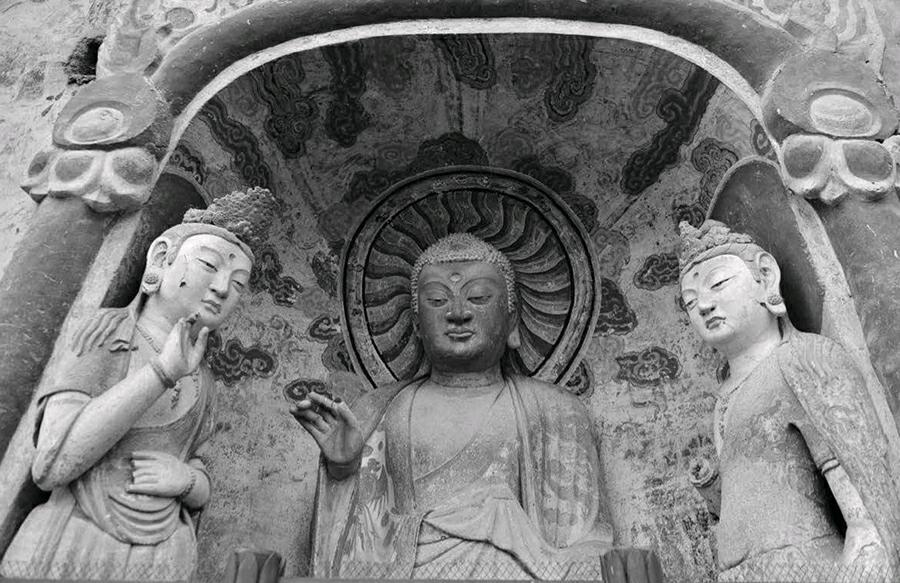
Legend has it that the White Pagoda was built in honor of a well-known Tibetan Lama who died of an illness in Lanzhou when on his way to Mongolia as representative of the leader of Sakyapa in order to meet Genghis Khan, founder of the Yuan Dynasty (1271-1368). Unfortunately, the original pagoda later toppled down. The present White Pagoda was constructed by an of-ficial in the reign of Emperor Yingzong of the Ming Dynasty (1368-1644), and later extended by an imperial inspector in Qing Dynasty (1644-1911).endprint
In 1958, White Pagoda Park was opened to the public. Covering an area of 8,000 square meters(about two acres), the park has three stately and magnificent ancient architectural complexes within it. These harmonize with the surrounding natural landscape and the White Pagoda Mountain beyond. The mountain was once famed for its‘Three Treasures, the Elephant Skin Drum, Bronze Bell, and Redbud that withered long ago. After many yearsforestation, the park has taken on a brand new look and now the trees and grass here are luxuriant. Special features of the park are the Mysterious Yellow River Stone Hall and the Yugur Reception Counting House the likes of which may not be found elsewhere. If one has an opportunity to visit this park, a climb to the top of pagoda should not be missed, as it affords a birds eye view of the whole of Lanzhou City. One can also feast ones eyes on the magnificent view of White Pagoda Mountain with the Zhongshan Bridge at its foot. The way in which the bridge and mountain complement each other to form picturesque scene has meant that together they have become a symbol of Lanzhou City and very much a ‘must see for travelers.
Five Springs Park
Five Springs Park lies in the north- west part of Gaolan Mountain, which stands in the south part of the downtown area in Lanzhou City, Gansu Province. The park, the largest in Lanzhou, occupies 266,400 square meters (2,867,599.56 square feet) on Five Springs Mountain.
There are always legends and stories behind beautiful scenic spots in China. Five Springs Park is no exception. In the Western Han Dynasty (206 B.C.- 24 A.D.), a famous general, Huo Qubing, was dispatched by the Emperor to go on a punitive expedition to the Hun people, a minority group who lived in the northwestern part of China at that time. Since the troops had traveled from Changan (now Xian ), General Huo and his soldiers were exhausted when they arrived at the foot of Gaolan Mountain. They couldnt find any water nearby, so General Huo forcefully jabbed his horsewhip five times into the ground. Abruptly five springs spurted water into the air. Thereafter the locals called the mountain the Five Springs Mountain. While this story sounds sur-real, the quality and the quantity of the five springs are true. They have flowed and served the locals for several thousand years. In 1955, it was officially opened as a park. Local authorities add- ed a zoo, an amusement park for adults and another for children.
The Middle Peak of the Five Springs Mountain, the highest point in the park, reaches 1,600 meters (5,294 feet). It serves as the park axis. Ganlu Spring, Juyue Spring, and Mozi Spring are distributed over the Middle Peak area. Meng Spring and Hui Spring are located on either side of Middle Peak.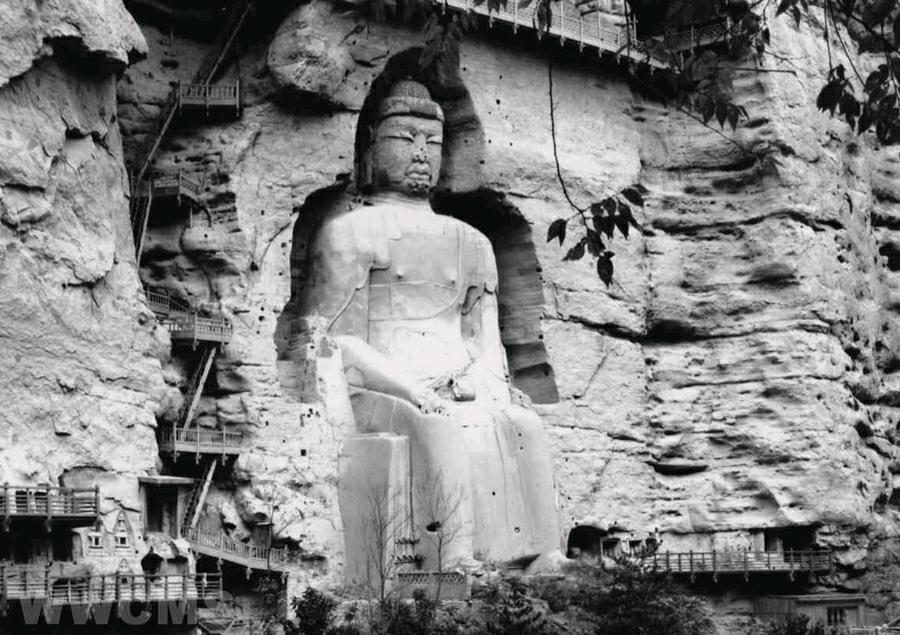 endprint
endprint

